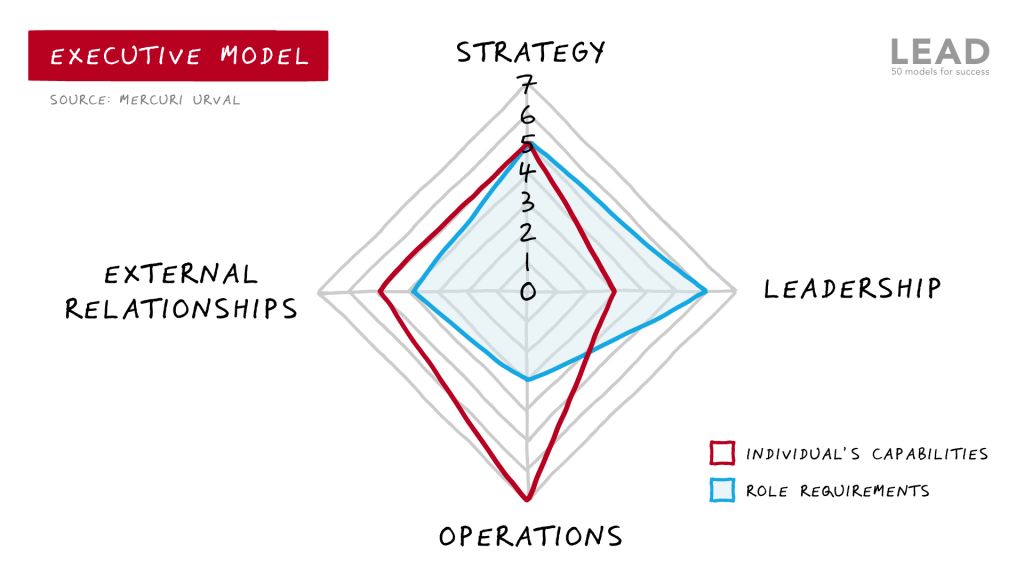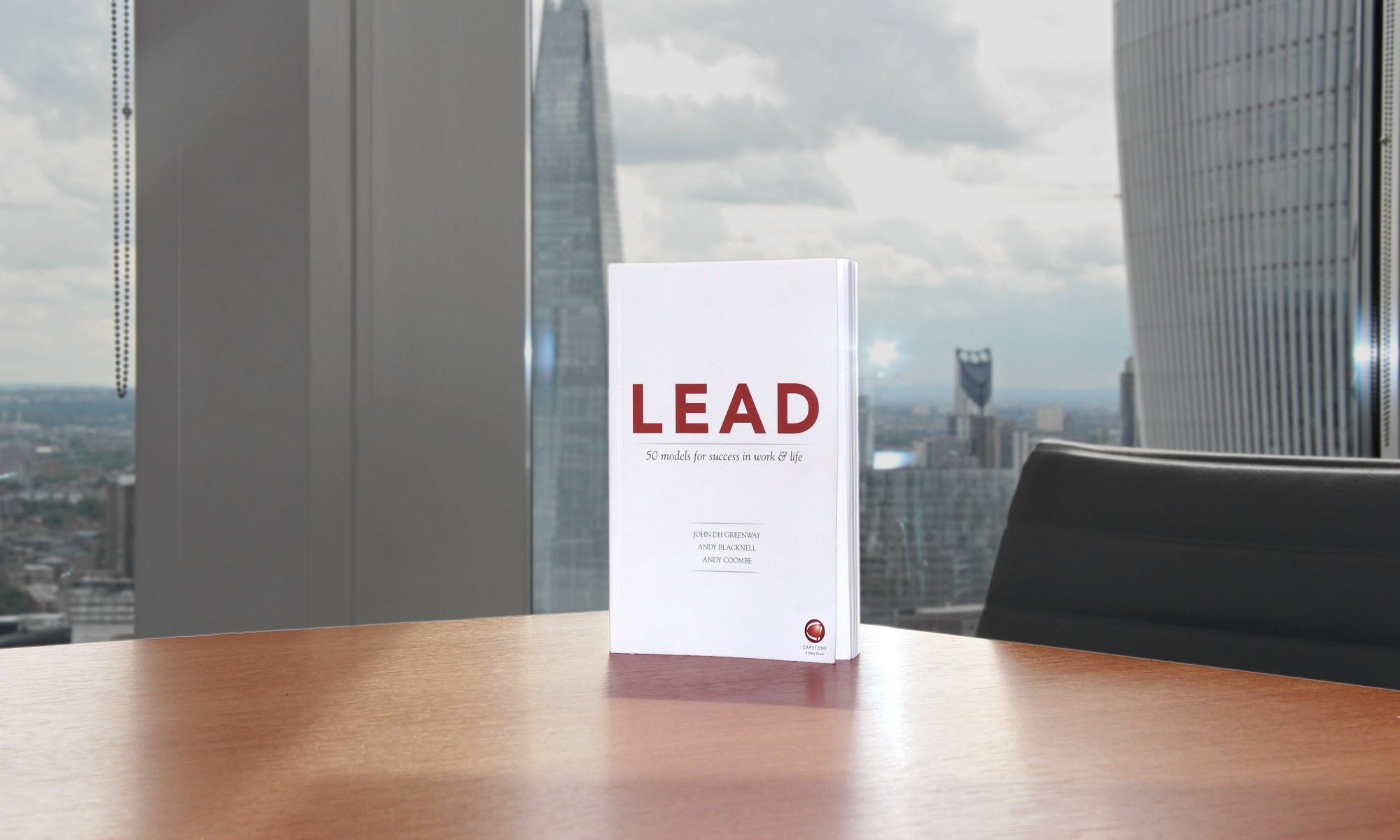What is the single biggest issue for every organisation?
Having the right people.
Without them you really are stuck!
Knowing what to do is not the biggest challenge – finding the person to do it is. So find the right people.
If you appoint the wrong people at the top of an organisation, they can destroy it in no time at all. This applies to all key roles in any enterprise.
Choose people you can trust. Remember that while competence can improve, character generally doesn’t. The right experience may qualify people to get to the starting line, but it is their character that will enable them to win the race.
Choosing the right people becomes your top priority as a leader. Look for winners, not starters.
Choosing the right people may be the most important task for a leader, but it is certainly not the easiest. One of the biggest challenges is to define what is needed. You need to have a clear view of what is most important and what is negotiable. If this is not decided carefully you can end up searching for a ‘five-legged sheep’!
Ram Charan, in his Harvard Business Review article, The Secrets of Great CEO Selection, highlights four qualities that great selectorsof people demonstrate. Charan says:
“They work painstakingly to clarify the essential qualities needed to succeed in the job; they keep an open mind about where the best candidate will come from; they go deep to understand which candidate is the best fit; and they allow for imperfections in the chosen candidate.”
Ram Charan
You need to be very clear about the demands of the role you are recruiting for and then rigorously assess the individual against those demands. Pay as much attention to this decision as if you were buying a car or a house.
Mercuri Urval, the global executive search and talent advisory firm, have created a model to weigh what are the most important capabilities for an executive role.
They weight the role against four dimensions – strategy, leadership, management and external relationships. Each role may have a different shape. They then assess the shape of the individual to check the ‘fit’.
This approach greatly increases the chances of getting ‘round pegs in round holes’.

They define the dimensions as:
Strategy
- Set the purpose and direction
- Decide what is needed to succeed
- Clarify priorities
Leadership
- Communicate the vision and strategy
- Shape and influence the right culture
- Motivate people to engage and change
Operations
- Manage the key processes and resources
- Make things happen in daily business
- Drive and monitor performance
External Relationships
- Demonstrate credibility with external stakeholders
- Build trust-based relationships
- Influence others to ‘buy’ what you do
How do you and your team measure up against these dimensions?
Make sure that you have the right people around you!
The Executive Model is just one of the leadership models showcased in LEAD: 50 models for success in work & life, (John D. H. Greenway Andy Blacknell and Andy Coombe, published by Wiley). We have blended 20 of our own original models with 30 classics that will enable leaders of all walks of life to sharpen their focus and raise their game.
Many thanks go to Visual Thinkery for the model illustration.

